batmura
No longer a newbie, moving up!
- Joined
- Sep 19, 2012
- Messages
- 649
- Reaction score
- 240
- Location
- Istanbul, Turkey
- Can others edit my Photos
- Photos OK to edit
I am going to buy my first ND filters soon because I want to do some long exposure shooting. I am torn between getting a 10-stop W&B filter or two 4-stop Tiffen ones. I realize the 10-stop will let me shoot in bright daylight, but I have no idea how it'll affect my photos taken during sunrise and sunset? Is getting two 4-stop filters a better idea as I can only use one of them if it's too "dark" or would a 10-stop filter still work when used during/after sunset or in overcast weather?
Thanks!
Thanks!


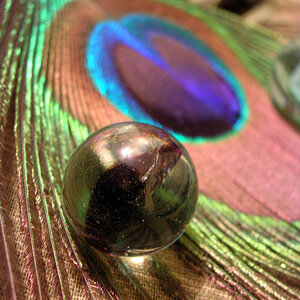
![[No title]](/data/xfmg/thumbnail/42/42058-8597ac0f687fb4007aa3ca0210936f04.jpg?1619739994)
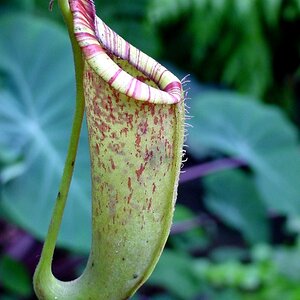
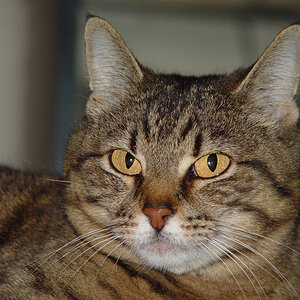
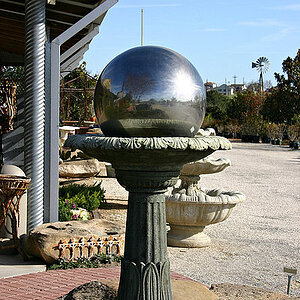
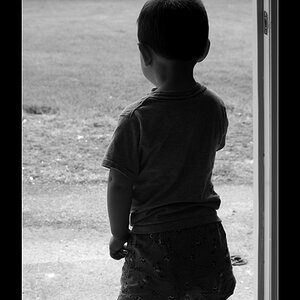
![[No title]](/data/xfmg/thumbnail/42/42056-76026251cb5ebb85b4a4d281d36121d8.jpg?1619739992)
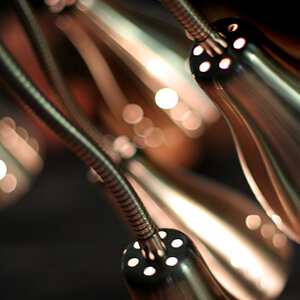
![[No title]](/data/xfmg/thumbnail/36/36657-3774cdd7ebbafa5ccac2741386b9949a.jpg?1619737675)
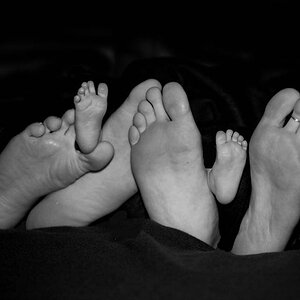

![[No title]](/data/xfmg/thumbnail/42/42060-f597479f8fd78d4bb4d17e7686fb0812.jpg?1619739996)